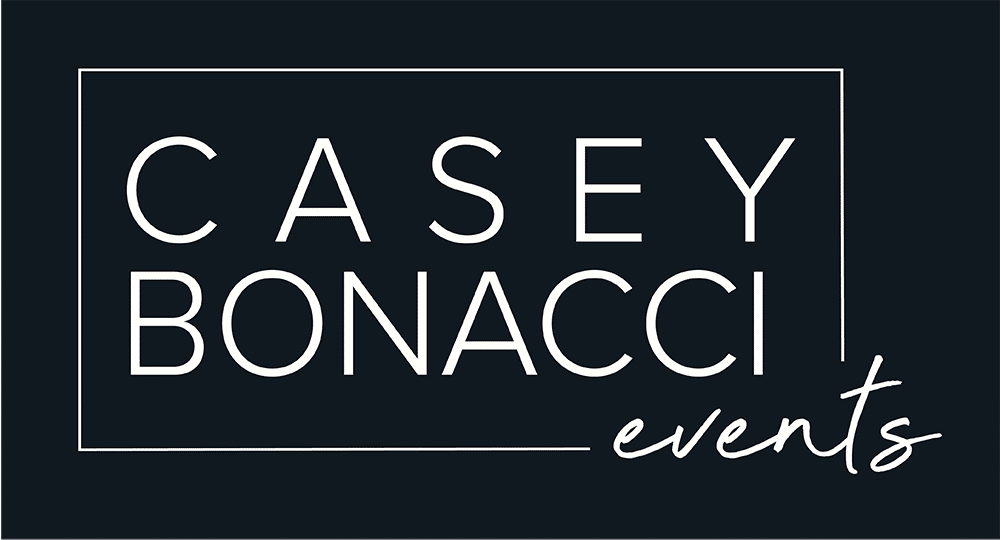Planning an event; fun and exciting, but not the easiest task to do. Corporate conferences, charity events, festivals or even a smaller scale event, all rely on multiple factors to be “successful”.
Among those is identifying and engaging with the right decision maker/s. In this article, we’ll explore the significance of finding these key individuals and share hypothetical stories of both the best and worst-case scenarios.
What is a Key Decision Maker?
As the role suggests, a key decision maker is the person part of the event planning and delivery process who is in charge of making the key decisions.
They have the “final say”. They’re the person who makes the decision to cancel or reschedule an event if it is a decision that needs to be made. The person who makes the call if things need to be changed or altered last minute (or any during planning decisions).
This person is the one “in charge”. The person everyone speaks to if they have a question that needs a decision.
Decision makers are the individuals who hold the power to greenlight crucial choices that can make or break an event.
A key decision maker could be: the CEO, head of marketing, event planner, committee president, operations manager – just to name a few.
You need to make sure you have this person earmarked in the early stages of planning and event, why?

The Importance of Identifying Decision Makers when planning an event
Recognising them early in the event planning process is essential for the following reasons:
- Streamlined Communication: Decision makers ensure that communication channels are efficient, helping prevent misunderstandings and last-minute changes.
- Timely Approvals: Swift decisions on budgets, tasks, payments, and other critical event elements that can save time and reduce stress.
- Strategic Decision-Making: Decision makers often provide insight into the event’s goals, helping align plans with the intended outcomes.
- Resource Allocation: Knowing who controls the budget is vital to make informed decisions about spending and resource allocation.
If this person is decided in the early stages of the event, this will help to create a smooth sailing event.
Best-Case Scenario: A Smooth Sailing Event
Imagine you are a community group planning an end of year event for the whole town. You identify a key decision maker (who happens to be the president of the group).
Result:
- Timely Approvals: The president’s main focus is to oversee all the work and make sure everything is approved not just by them but by local authorities
- Effective Communication: Regular updates and consultations ensured that everyone was on the same page. This made it easier to resolve any issues and ensure the event ran smoothly.
- To Budget: They oversee the budget and ensure, along with their committee, the event is on budget with supplier payments made on time. A stronger possibility of being able to raise funds for supporting charity or group, if required
- A Successful Event: The event exceeded expectations, met its goals, and received praise from attendees, stakeholders, and decision makers. The event planning team’s efforts in identifying and engaging the key decision makers paid off.
But what if they didn’t have a decision maker?
Worst-Case Scenario: Chaotic Planning
Now, let’s consider the opposite situation. This community group had a lot of people at the table wanting this and that.
Result:
- Misaligned Goals: Everyone had different objectives. This led to conflicts and confusion within the planning team.
- Delays and Frustration: As disagreements persisted, approvals were delayed, and the team had to backtrack multiple times to make changes. This caused frustration and a loss of valuable time.
- Budget Constraints: Without clear direction from a key decision maker, the team struggled to secure the necessary funding. This resulted in a limited budget, impacting the quality of the event.
- Underwhelming Event: Due to disorganisation and a lack of clarity, the event fell short of expectations, failing to meet its fundraising goals. This disappointment had repercussions on the community group’s reputation.
How can you find the right decision maker?
As highlighted above, some decision makers are easy to clearly identify such as a CEO or committee president, however sometimes it’s not as straightforward.
You will find in most groups that one person (or perhaps two/ three) will be stand out leaders and naturally gravitate to the role. They are typically empathetic, understanding yet firm on final decisions or leading the group to success as well as through difficult times.
Decision makers need to always be present, have a clear understanding of the event, planning group and stakeholders needs, effective time management skills and be able to deal with the pressures involved in hosting an event.
You may have one decision maker but that doesn’t mean they should dismiss the voice and opinion of those surrounding them. They also need support from all involved as it’s definitely not a one (wo)man show!
Final thoughts
Identifying a key decision maker is a pivotal step in event planning. It can be the difference between a successful, well-executed event and a chaotic, disappointing one.
By recognising and engaging with these influencers early in the process, you can ensure clear communication, streamlined approvals, and a more strategic approach to planning, ultimately increasing your chances of event success.
If you are struggling to identify this person and think it is best to organise an event with an agency, rather than in-house, let’s have a chat.
